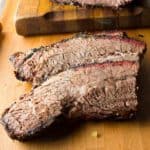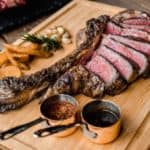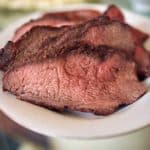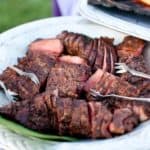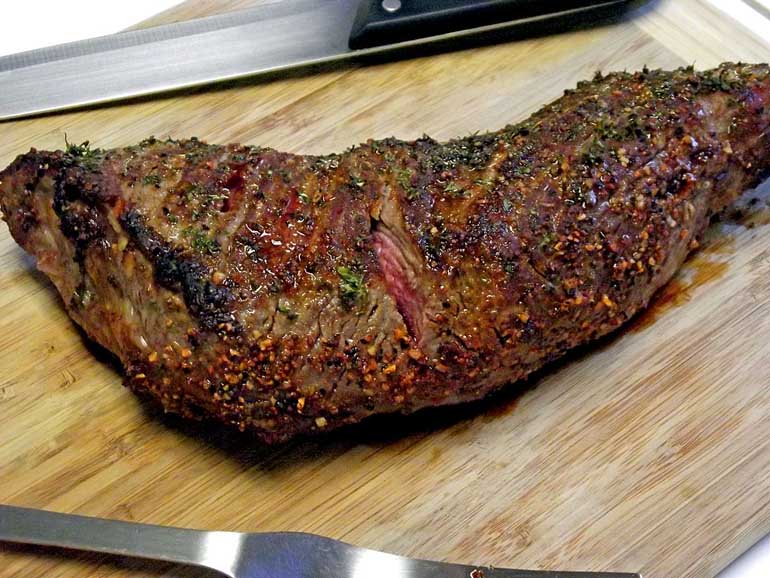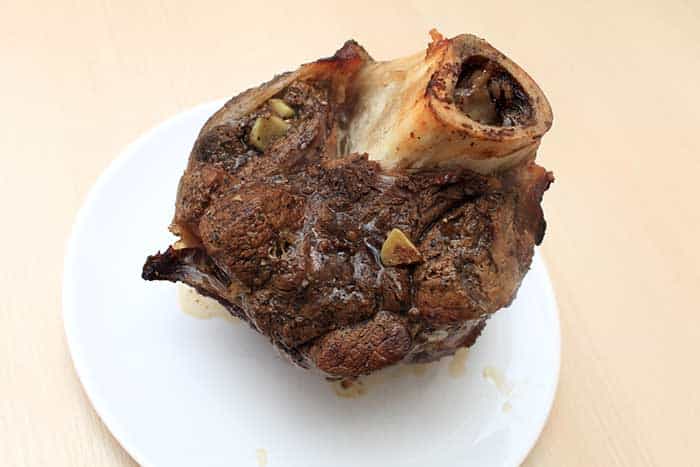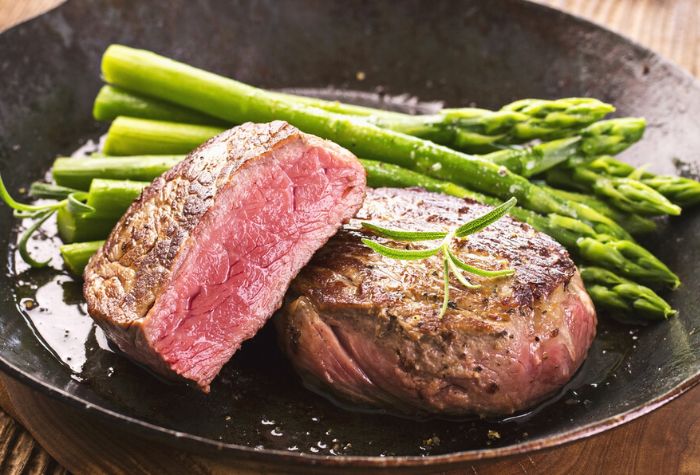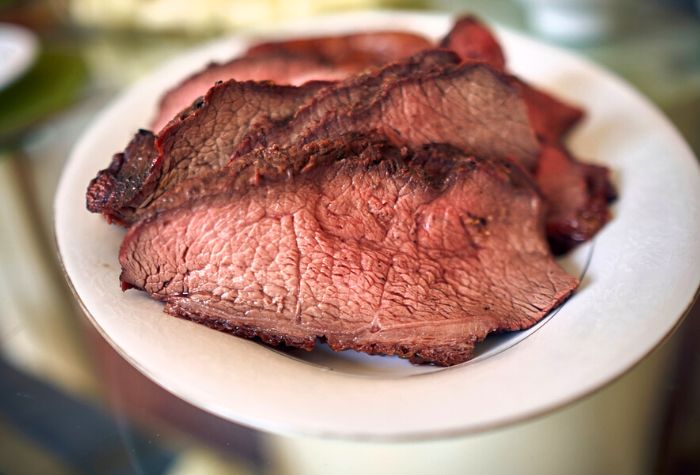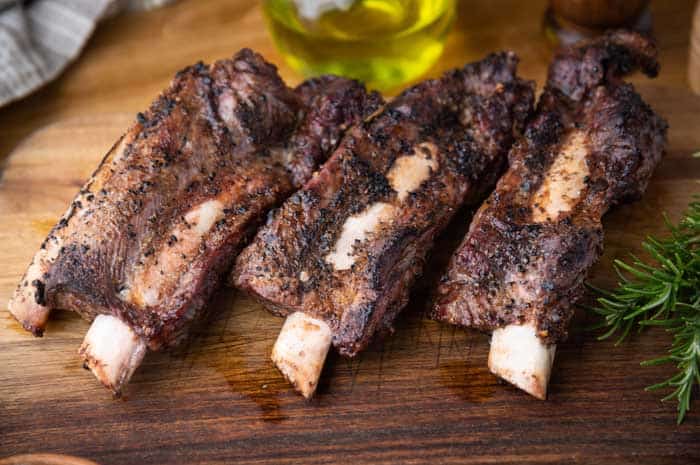Beef tallow is a wonderful tasting fat that stays stable even at high temperatures and can be used when cooking or grilling. Turn your leftover beef fat drippings into homemade beef tallow. Perfect for home roasting and frying recipes, as well as keeping your smoked brisket moist and juicy.
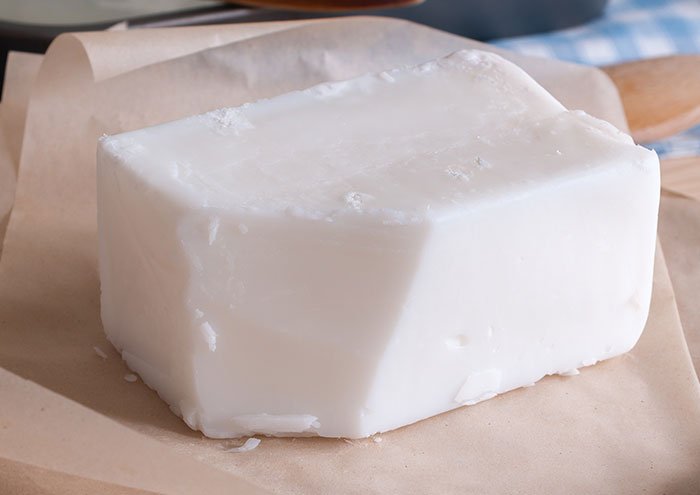
Chances are you’ve heard of beef tallow before, but you probably don’t associate it with modern cooking. Granted, it sounds like something straight out of a Julia Child recipe but you might be surprised to learn that it’s coming back in a big way.
Beef tallow was first produced hundreds of years ago, back when no part of an animal would go to waste, and was used not only as a cooking oil but also in candles and soaps. It remained popular up until the Second World War, after which vegetable oils became more favorable for cooking and synthetic oils were produced for the cosmetics industry.
Thanks to award-winning chefs adding it back to their menus and high-fat diet plans advocating for it, beef tallow is back in demand!
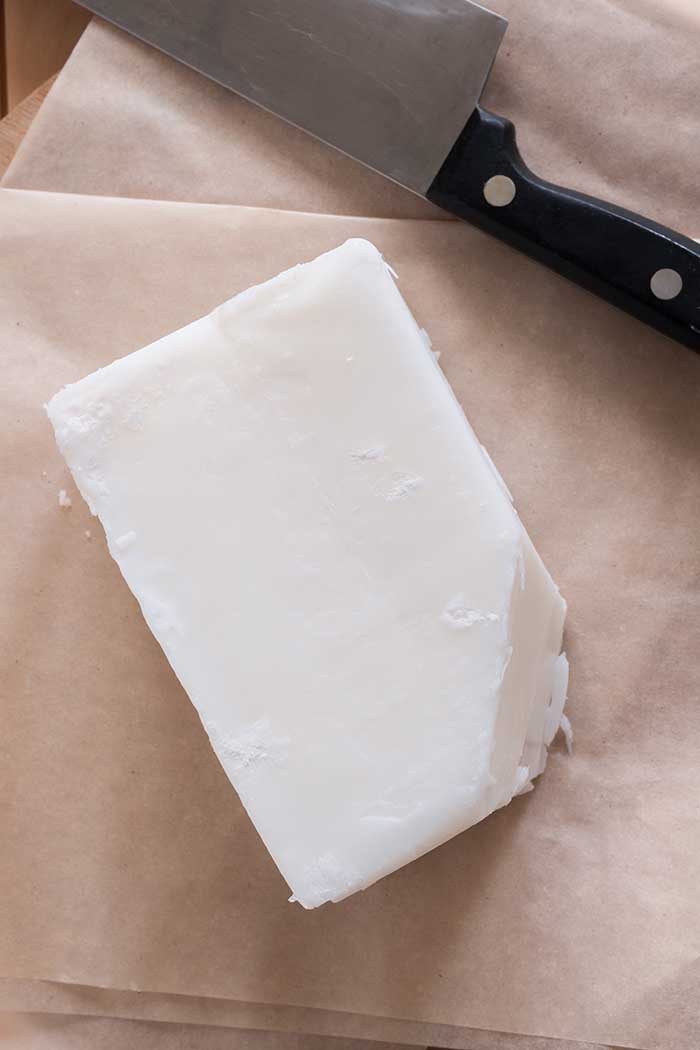
What is Beef Tallow?
Beef tallow is the rendered down fat from various cuts of meat from a cow. The fats that drain off of the meat when cooking are saved and left to solidify. The set fat then goes through a rendering process (re-heated and filtered to remove impurities) to produce beef tallow.
Beef Tallow Explained
Beef tallow is made from a process called rendering. When used as a culinary term, rendering means to cook the fat out. In the case of beef tallow, you liquify (melt using heat) and clarify (strain out impurities) the fats so that they can be stored to use for other cooking purposes.
You might expect tallow to have a beefy taste, but that isn’t actually the case. While the flavor is delicious and helps to add extra ‘depth’ to foods when used as a cooking medium, it isn’t overly strong. You can infuse more flavor by adding herbs and spices to the mix during the rending process.
For a long time, the rhetoric of saturated fats such as tallow being unhealthy has meant many people turned to cheaper and ‘healthier’ oils made from things such as rapeseed. However, we now understand that many of those ‘healthier’ vegetable oils are high in polyunsaturated fats, which can lead to a whole host of health problems.
Modern science is now showing that animals fats such as beef tallow have a range of benefits, including:
- It’s rich in CLA (Conjugated Linoleic Acid), which has various health benefits, including being anti-inflammatory and good for immune system support.
- It contains vitamins A, D, K, and E and Omega 3 and Omega 6 fatty acids.
- Nutrients in tallow are more easily absorbed by our bodies, and the unsaturated fats it includes can trigger your body’s fat-burning reaction.
While both tallow and lard are the same in the fact that they are rendered fats, the one big difference is the animals they come from.
Tallow comes from beef, and lard is made from pork fat. They both do the same job of being used as a cooking fat but lard has a lower smoke point (374°F/190°C as opposed to beef tallow’s 400°F/205°C), and they have a marked difference in flavor. Lard is essentially flavorless, so it works well in baked goods and pastries with sweet fillings or flavor, whereas beef tallow has a savory flavor.
Suet is the type of hard fat that surrounds animals’ kidneys. It differs from the fat you find on muscles as it has a higher level of a substance called stearin, making it more dry and crumbly. It can be rendered down to make tallow but is also a cooking ingredient in its own right.
Suet used to be a popular ingredient in traditional British recipes as it has a higher melting point than many other fats, making it a good way to help add ‘texture’ to dishes when cooking. The higher melting point means that the surrounding ingredients would have already begun to set before the suet reaches its melting temperature – once it melts, it leaves a void in the batter resulting in a spongey texture.
Uses For Beef Tallow
Beef tallow can be used as an alternative to regular vegetable oils and shortening. Since beef tallow has a very high smoke point (400°F/205°C) it’s great to use for frying and roasting food; its high melting point also makes it ideal for deep-frying.
In the barbecue community, there is a particular trend for adding beef tallow to brisket to stop it from drying out during the long cooking process without disturbing the flavor balance (since it is a meat-derived product).
The tallow can be added as a thin layer to the paper or foil that the brisket is wrapped in, or it can even be injected directly into the meat.
Although traditionally used for cooking, beef tallow can also be used as an ingredient for making soap, candles, skin balms, and salves, as well as being an industrial lubricant for the metal, leather, and wood industries.
Where to Buy Beef Tallow
You won’t find beef tallow as readily in the supermarkets as you would lard, it’s more likely to be stocked by Butchers (as it is a direct by-product of the butchering process), and as with most things nowadays, you can of course find it on Amazon (affiliate link).
Substitutes
If you are following a recipe that calls for beef tallow but don’t have any to hand (or don’t have the time/inclination to render your own), you can substitute it with lard, chicken fat, butter, or shortening.
If you are looking for a vegan alternative or substitute for beef tallow, you can use a plant-based oil.
How to Make Homemade Beef Tallow
Making your own beef tallow is a great way to get the most out of your meat – it’s easy to do and only requires a few tools and items that you most likely already have to hand in your kitchen.
Tools
- Stockpot: You want something that is large enough to house all of your ingredients plus a bit of extra room (we don’t want hot fat splashing around)
- Strainer: The finer the strainer the better for this; we want to catch all of the large pieces of meat as well as any other little impurities.
- Cheesecloth: Using a cheesecloth for straining is one of the best ways to properly filter out the last rounds of impurities.
- Funnel: The last thing we want to do is spill any of our delicious tallow when we get to the decanting stage so using a funnel is a must.
- Mason Jar: When picking a jar to store your tallow in, opt for one with a wide opening. It makes it easier to pour the liquid tallow in and to get the set tallow out again.
How To Render Beef Tallow
- Add your beef fat to your stockpot: Try to trim away as much meat from the fat as possible and cut it into small chunks before adding it to your stockpot -This will help it render more quickly.
- Heat to a slow simmer: Much like hot smoking, rendering tallow is a ‘low and slow’ process. Too much heat will cause the fat to brown and affect the taste. If it starts to boil, reduce the heat and stir the mixture.
- Strain your tallow to remove any large pieces of meat: Remove the stockpot from the stove and pour the liquid tallow into a spare heatproof container through the strainer to remove any pieces of meat.
- Strain your tallow again through the cheesecloth: Strain the tallow again through the cheesecloth to remove any further impurities. We strain the mixture twice because any impurities left in it can cause the tallow to spoil.
- Store your tallow: When you have finished straining your tallow it can be decanted into your containers. It will stay liquid until it has fully cooled down, Once cool it will be solid and white. Beef tallow should be kept in an airtight container in the fridge.
Storage
Homemade beef tallow will store for up to 3 months in the fridge as long as it has been properly strained of impurities and is in an airtight container. It’s also possible to freeze beef tallow, it can be kept in the freezer for a year or so but can be subject to freezer burn if not stored correctly.
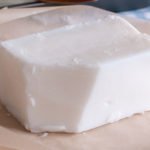
Homemade Beef Tallow
Equipment
- cooking spray
- large stockpot
- strainer
- cheesecloth
- funnel
- mason jar
Ingredients
- 4 lbs white beef fat or beef suet cut into small chunks
Instructions
- Warm stockpot over medium-low heat. Add cooking spray.
- Add beef fat chunks to stockpot. Fix lid onto stockpot and heat to a slow simmer, stirring every 20-30 minutes. Warm until the tallow has completely rendered, about 3-4 hours. If it starts to boil, reduce heat immediately.
- Once the tallow has rendered to a liquid, remove the stockpot from heat. Pour the liquid tallow through the strainer into a heatproof container.
- Strain the tallow a second time to remove any further impurities. This time strain the liquid tallow through cheesecloth.
- Decant the strained mixture into a mason jar or airtight container. Leave to cool completely before applying an airtight lid and storing in the refrigerator. Once cooled, it will be solid white in color.
- Store in refrigerator for up to 3 months
